Use Google Ads & paid social ads from the leading advertising agency to drive more customers to website and landing pages.

Get pain-point-driven ads designed specifically for each stage of your buyer's journey.
B2B online advertising is a whole different ball game. You need experts experienced in targeting and marketing to a buying cohort.
It starts with a strategy to meet your customers right where they are.
You do that using Digitopia's 5 Pillars of PPC...
Intelligence — This is your planning phase. It includes persona building, value prop statements, attribution modeling, KPI setting, and auditing (gaps, opportunities, etc.)
Foundation — Next you work through conversion tracking, funnel-based architecture, targeting, audience segmentation, budgets, messaging, and quality scoring
Execution — This is where you take all of the Intelligence and Foundation planning you have done and build out the campaigns
Optimization — Once launched, you will want to constantly optimize to improve performance while continuing to feed Google’s machine learning to maximize results
Measurement — There's no silver bullet. Monthly data and insight reports are essential to help you make informed decisions that will decrease your costs and increase your conversions
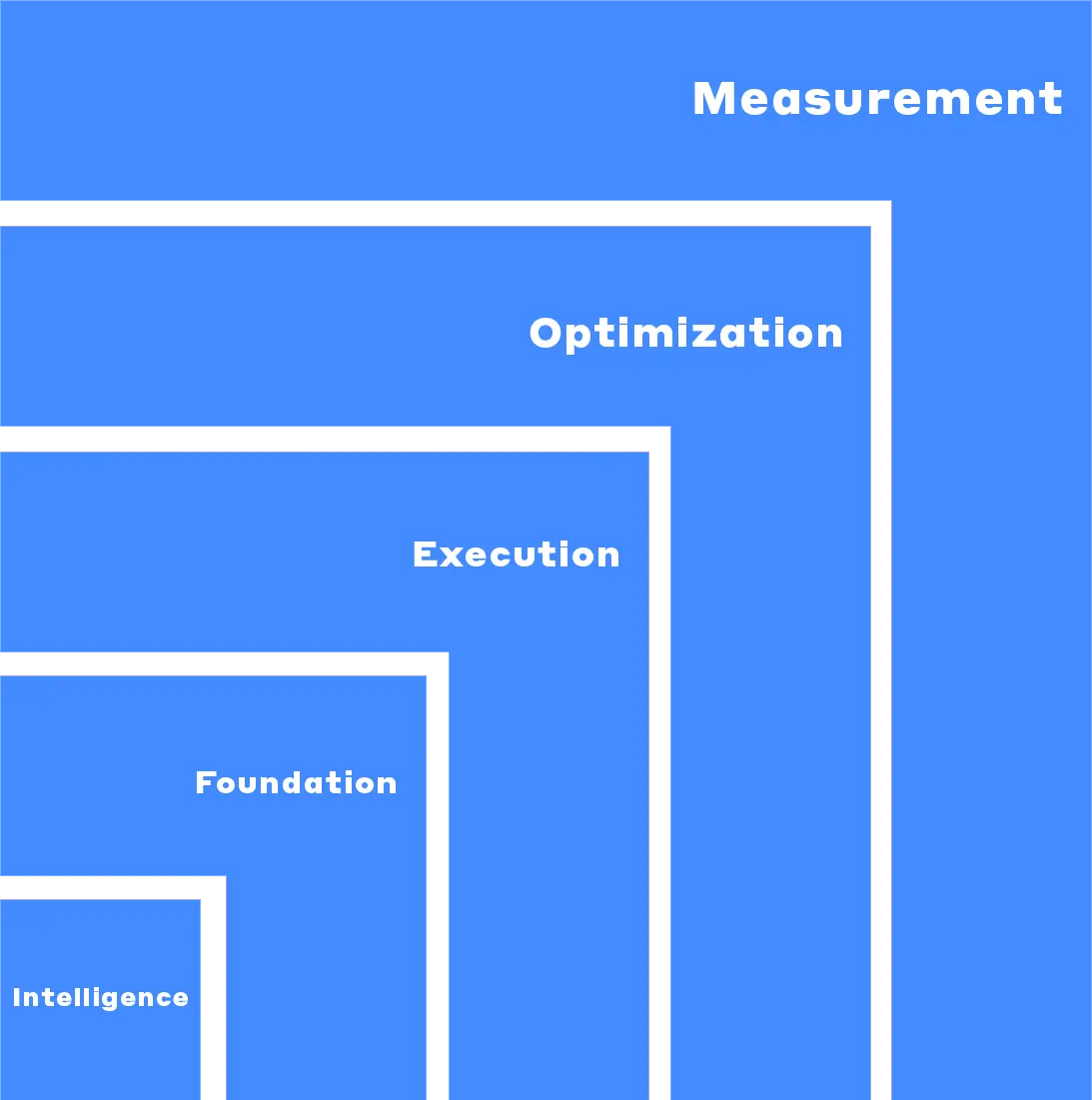
Listen to Moe.
He'll explain what it's like to work together.
B2B Machine Learning Company
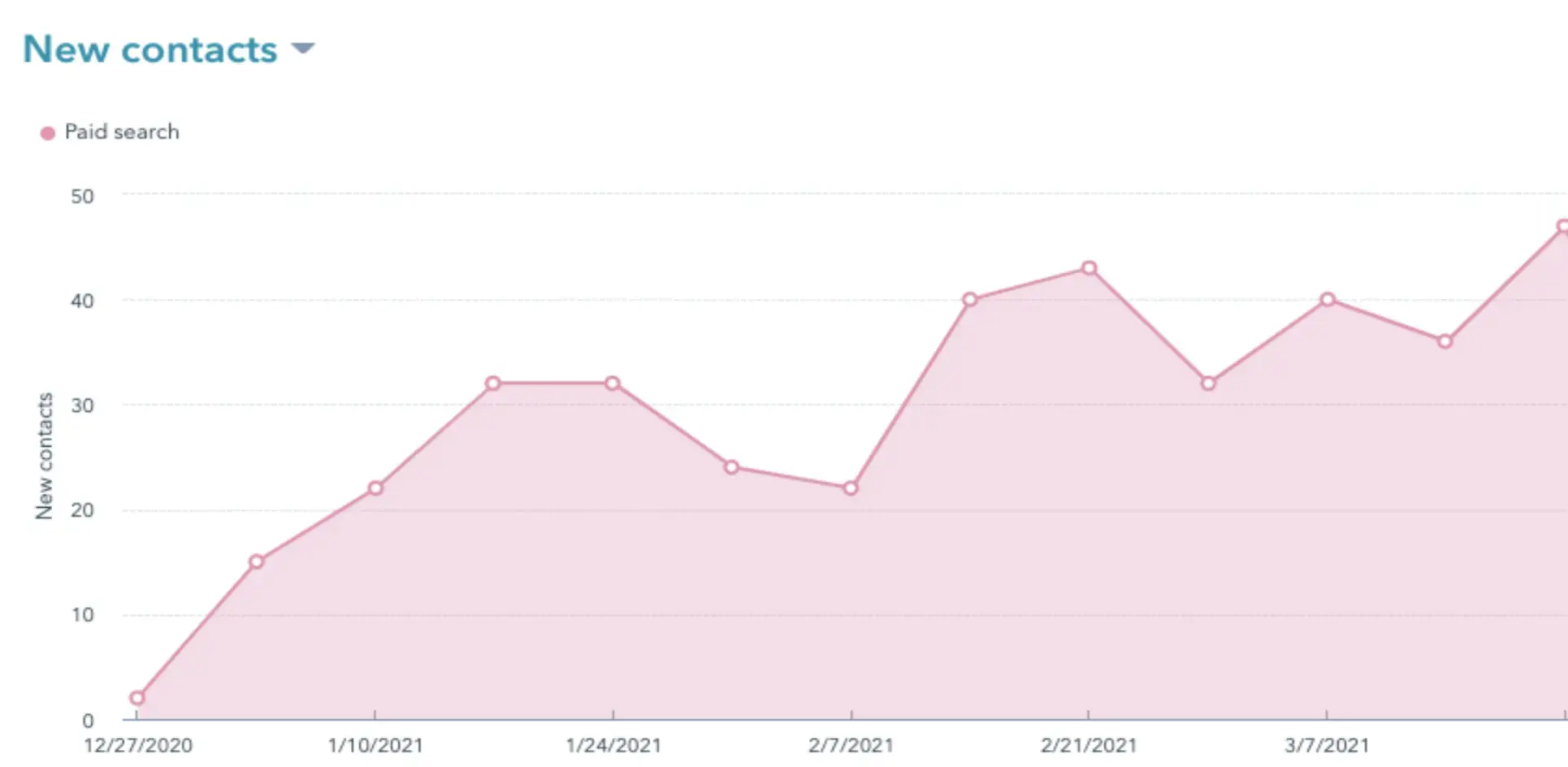
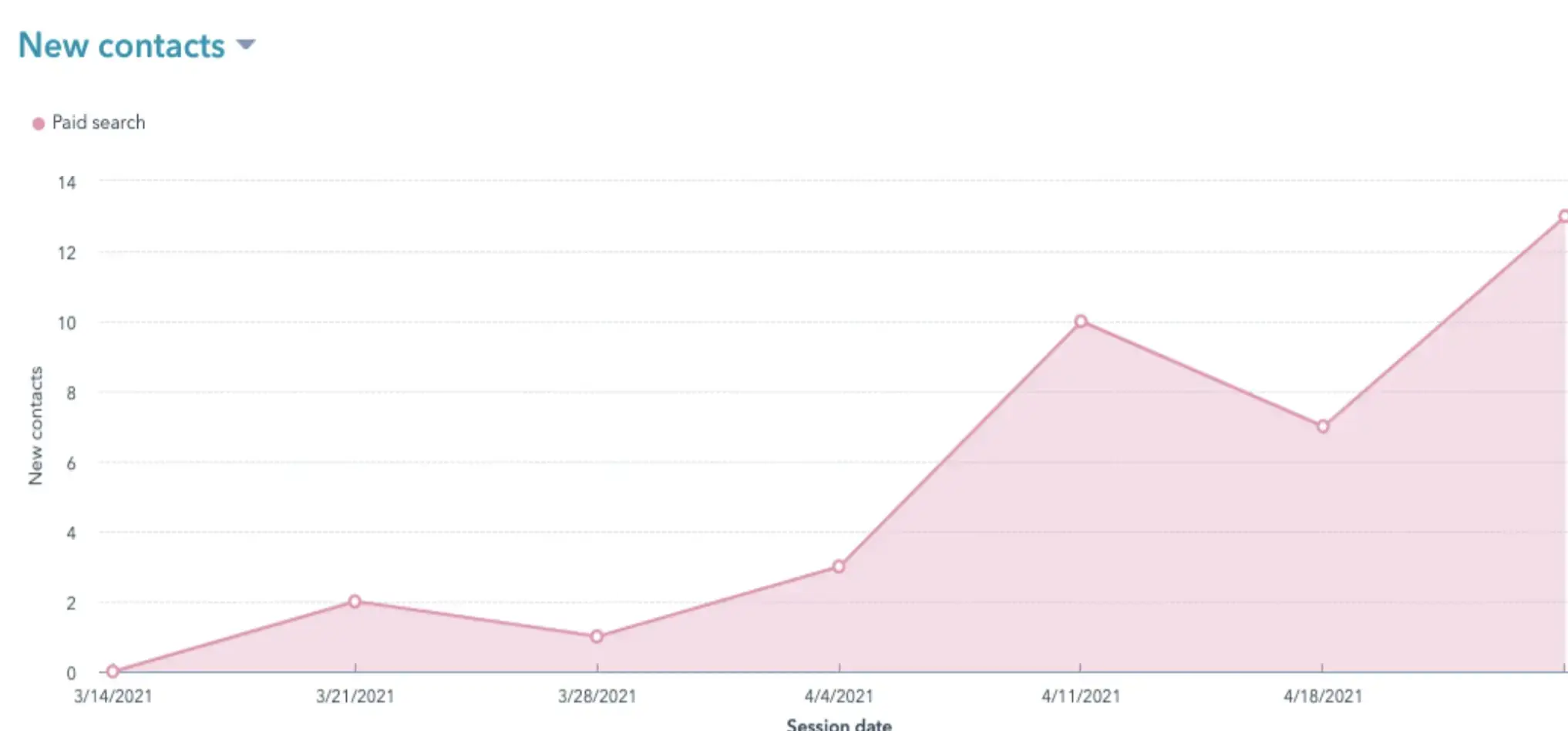
B2B Managed IT Company
B2C Law Firm
-1.webp)

Erika Carmichael
Director of Marketing, Empyr
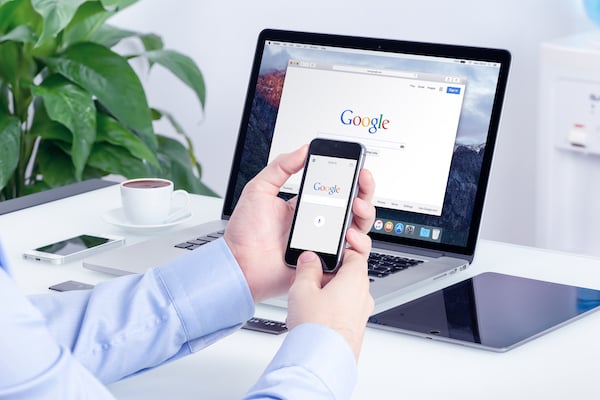
Get noticed in search results and drive customers to consider your B2B services and offerings.
PPC management includes:
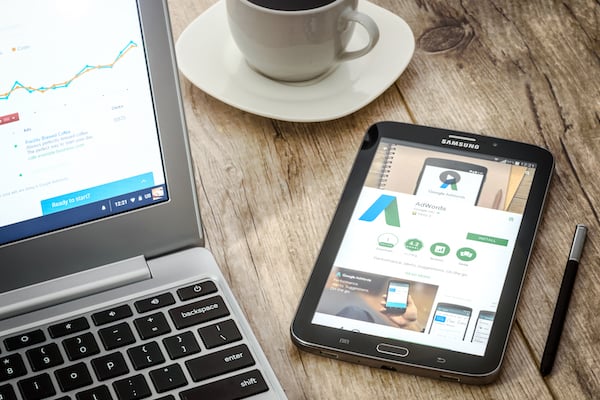
Get LinkedIn, Twitter, Facebook, and Instagram paid ads management for your B2B.
Paid social management includes:

Target your best fit accounts by serving specific and timely ads to your list of target companies.
ABM advertising includes:
Ads designed specifically to support your account based marketing (ABM) activities.













If you are working with the right partner agency, with experience and a track record for success in B2B marketing, the pros you should expect are the following:
Conversely, you could work with the wrong agency, who doesn’t provide a true partner experience, leaves you in the dark more often than providing insights, and ultimately not able to prove results. Here are some potential cons in working with an agency:
PPC remains one of the most effective B2B marketing tools in the marketplace today. This multi-dimensional platform can help you quickly get in front of the right audience, with the right intent, and drive them to your offers to create potential sales opportunities. You have the ability to reach your prospects wherever they are on the buyer’s journey, through Google’s vast network and channels, diverse media types, and smart bidding strategies.
If your goal is to build awareness, create demand for your product or services, and drive lead opportunities, then this platform is a must have in your marketing mix.
Since Google Ads allows you to create multi-funnel, intent-based campaigns to reach your ideal customers across their vast network, we highly recommend a budget that will be competitive and enable you to carve out a piece of the market share.
Keep in mind the average CPC for high-intent keywords is in the $15-$45 range, while awareness-focused CPC for Display ads averages around $1.25.
In our experience for B2Bs who want to maximize their reach and have effective lead generation, we recommend a budget of at least $5k - $10k a month for smaller campaigns and $12k - $45k for medium campaigns.
When you think of B2B marketing, there is no escaping the sheer targeting power of LinkedIn Ads. This professional networking platform offers a unique ability to target by a specific company, industry, job title, and so much more. Based on your campaign objectives and your persona’s needs, you can run sponsored content ads to drive awareness, generate leads through Lead Gen Forms, and run retargeting campaigns based on user interaction.
While the average CPC is generally not as high as Google Search, in order to gain momentum, properly optimize, and A/B test to maximize, we suggest a budget of at least $2k - $8k for smaller campaigns, and for larger campaigns, we suggest $10k - $20k.
Paid search advertising, also known as PPC, is a paid marketing strategy where advertisers pay search engines for ad placement on SERPs (search engine results page). The largest and most utilized search engine in the world is Google.
With Google Search Ads you are able to bid on keywords from users who are looking for a variety of things: from trying to learn how to do something, to researching products and services, to finding the best provider to take care of their needs.
The power of PPC for B2B marketing is the ability to understand what your audience is searching for and equally important trying to understand their intent. When you layer in Google’s audience targeting, which can help you understand the audience in-market signals, you are able to hone in on your ideal customer to reach and engage them through your ads.
Have you ever visited a website looking for a specific product or service and when you went to other websites or YouTube channels you saw an ad talking about the very product or service you looked at earlier? That’s retargeting.
Retargeting (sometimes incorrectly referred to as remarketing) is a marketing tactic that allows advertisers to re-engage users who visited their website. Whether the user simply visited a specific page (e.g. service page) or took action (downloaded a guide), you can use retargeting to keep your brand top-of-mind, re-engage them if they didn’t take action on a specific offer, or move them down the funnel if they did respond.
The key to effective B2B retargeting is setting up your audience segments so you can create messaging based on their actions. For example, you should create a segment for someone who spent a specific amount of time on a key page. For our clients, we go beyond the automated segments created by Google, we carefully map out and create a rich set of segments based on the product or service, the buyer’s journey, and the marketing funnel we developed.
Display Ads are graphic ads or banner ads that are run across a multitude of platforms or digital mediums. Google has its own display advertising channel called the Google Display Network or GDN. With over 2 million websites, videos, and apps within its network, these image-based ads allow brands to promote their products or services to reach their audience to build awareness, create interest, and re-engage.
Reach your audience who may not be in-market just yet, by creating brand awareness and warming them up once they start showing intent. Create demand by running informational ads that show you as a trusted source. And retarget your users who interacted with an offer or expressed interest without making a buying decision.
B2Bs can effectively seek out their ICP through a number of targeting options offered within GDN. In addition to the standard in-market, affinity, and demographic targeting found in Search Ads, use custom intent audiences to reach people who browse similar sites (e.g. competitor sites) or have typed specific keywords.
At the core of B2B marketing is identifying your ideal customer, understanding their pain points or problems, and presenting how your product or service can provide real value. In order to effectively accomplish this so you can create real sales opportunities, you need to run your ads on the platforms that are going to get you in front of your prospects as often as possible.
We believe the most effective ad platform for B2Bs to accomplish their marketing objective is found in an omnichannel, multi-funnel approach. Each platform and channel has specific advantages and optimum ways to increase your chances of success.
We highly recommend that your paid ads incorporate a full-funnel strategy to reach your buyers: awareness, consideration, and decision. There also has to be consideration for the type of traffic you send to each level (e.g. cold traffic).
Then leverage the power and strength of each ads platform and network to target and run your ads. We typically suggest the following:
Google Search:
Google Display:
LinkedIn Ads:
Facebook Ads:
At Digitopia we are about helping our clients achieve real results. This means jumping into the business math so we can accurately measure and ensure we are on target, such as calculating COCA (cost of customer acquisition).
The clients we work with typically see at least a 200% ROAS, which is $2 for every $1 spent (2:1).
Here are 2 ways you can calculate ROAS:
1.) ROAS = Total Ad Revenue / Total Ad Spend
2.) or ROAS = Total Ad Revenue / Total Ad Spend * 100
A few things to keep in mind with ROAS:
1.) Include all your advertising costs
2.) Include only the revenue generated from the ads
3.) ROAS and ROI are different
Keys to improving ROAS:
1.) Drive your costs down through effective targeting, smart bid management, and campaign optimization
2.) Improve engagement by understanding your audience, providing valuable offers, and creating engaging ad copy
3.) Increase your conversions by A/B testing your ads (ad copy, messaging, etc.), conversion rate optimization, and matching your offers to buyer’s intent
Digitopia is a San Diego-based digital marketing agency.
Since our 2018 inception, we have expanded to include offices and employees in Atlanta, Orlando, San Antonio, and Cleveland. But, Digitopia's headquarters on in San Diego, Ca.
When it comes to your digital marketing efforts, trustworthy analytics are key for success. HubSpot offers extensive tools for tracking and managing digital marketing efforts. To fully leverage these...
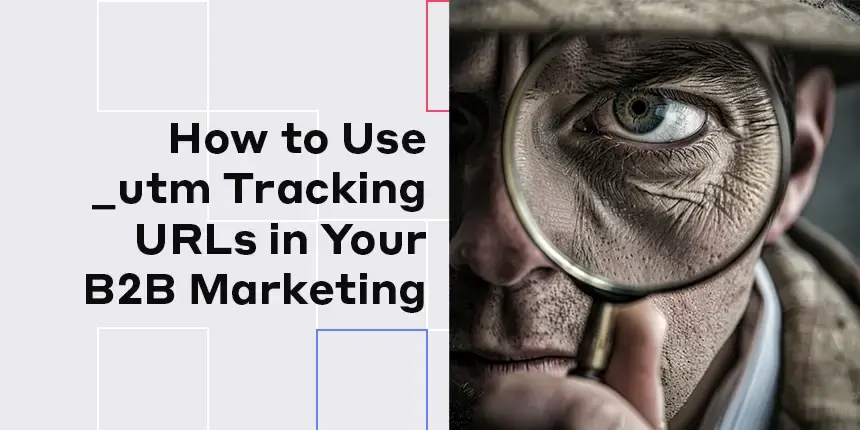
Simply put, multi-touch attribution is a way to determine the value of every touchpoint on the way to a conversion for your buyer. Instead of crediting attribution to a single touch (e.g. referral...
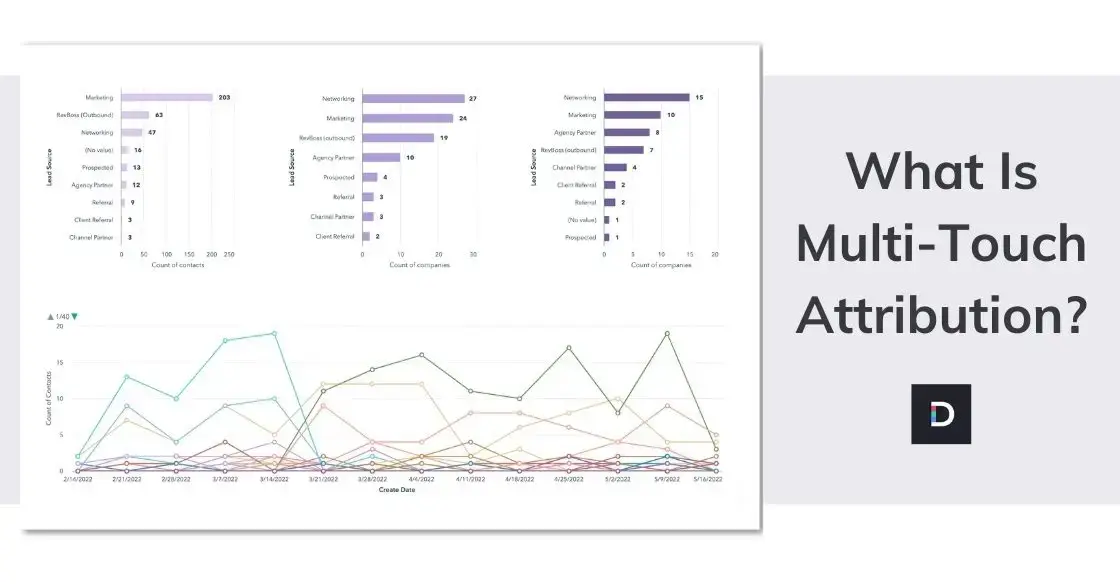
Want to skip the explanation? CLICK HERE to jump straight to the ads calculator >> Do you wish you had an accurate Google Ads budget calculator? Pay Per Click ads (PPC) is a necessary...
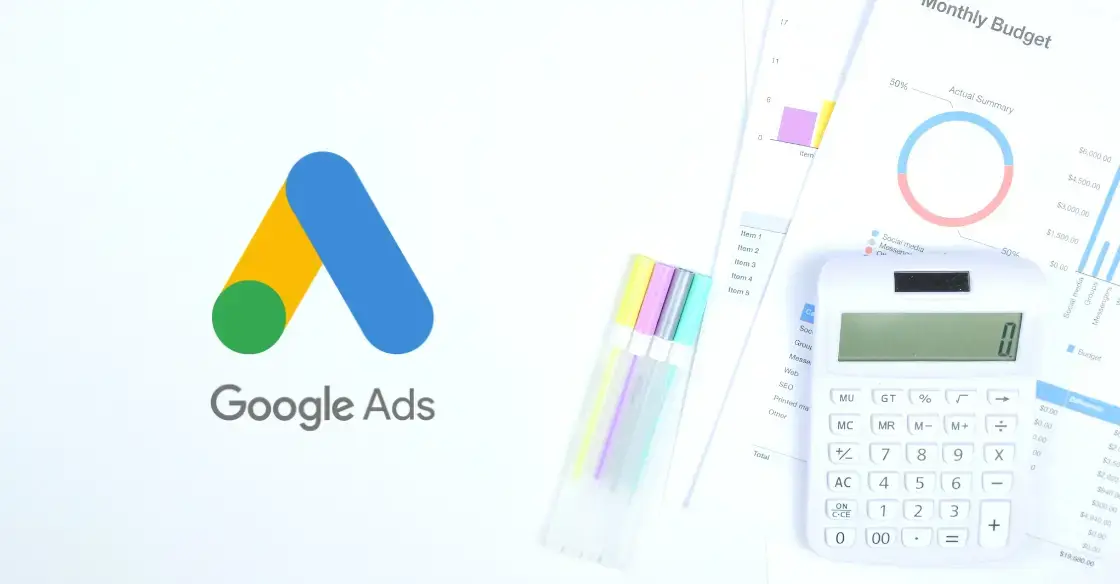
Struggling to meet your performance goals with your LinkedIn ads? Or simply want to improve performance metrics? You're already on the right track with LinkedIn since it offers unmatched...

This week's PPC Town Hall was special for 2 reasons. Firstly, this session's town hall lens focused on what B2B companies should be aware of as the market starts to open up. Secondly, we had a...

Here we go again! A number of thought leaders in the PPC community came together in this Town Hall to share insights on the current landscape. The focus of this town hall was Bidding Strategies...
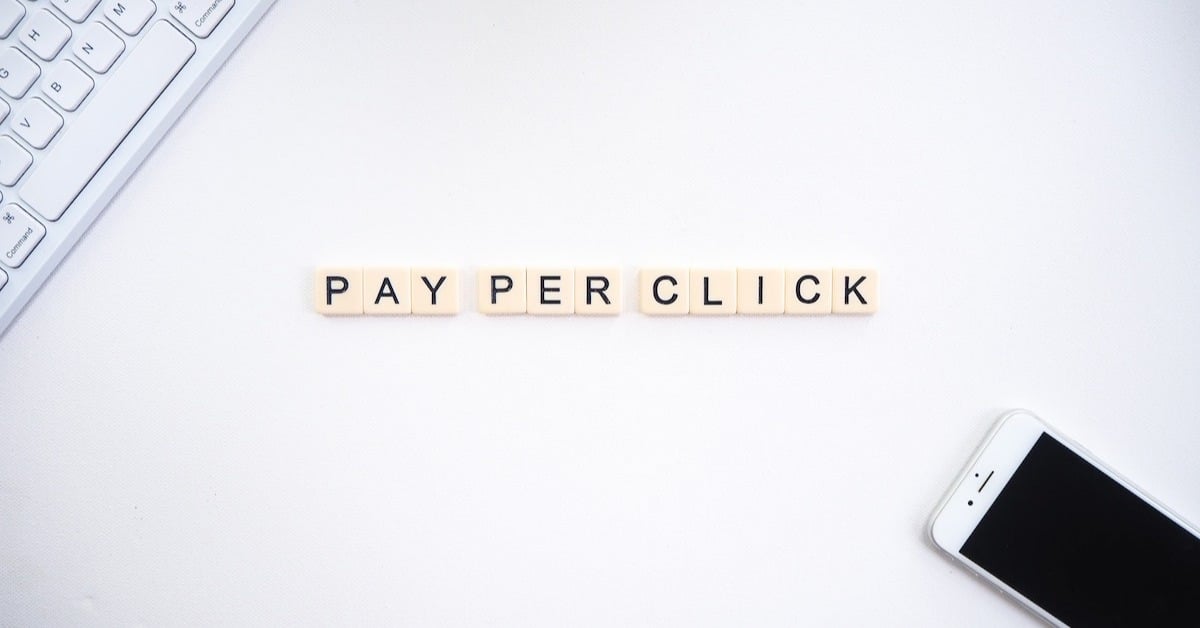
Last week I attended a great town hall for PPC managers on the latest happenings in the PPC world and the transition to working from home. The virtual event was led by Fred Vallaeys of Optmyzr and...

If you’re in Facebook Ads Manager often, you’ve probably seen the notice that Relevancy Score is going away and will be replaced with Facebook's new Quality Ranking. This week, we started to see the...
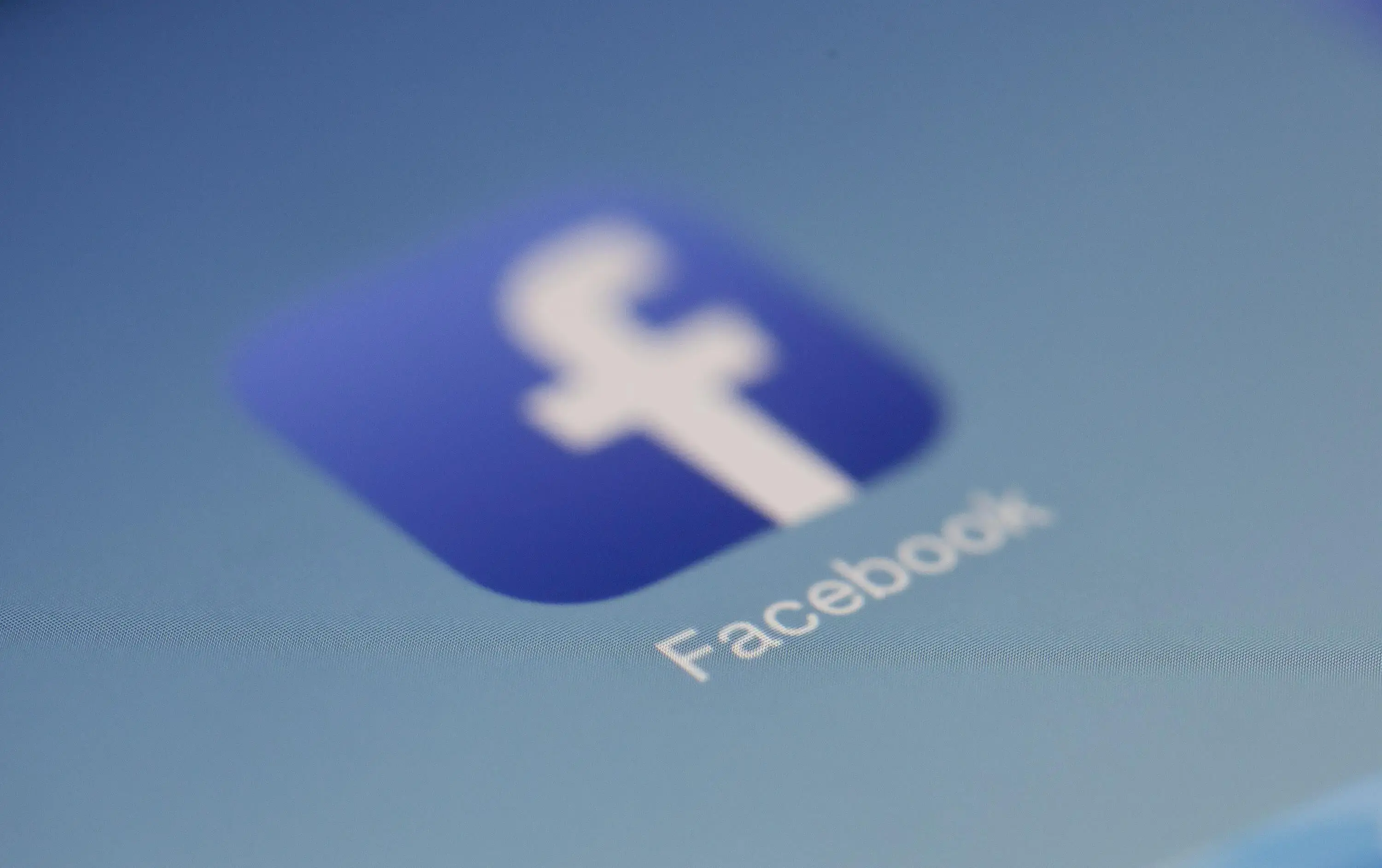
Fill out the form to schedule a connect call with one of our expert digital strategists.